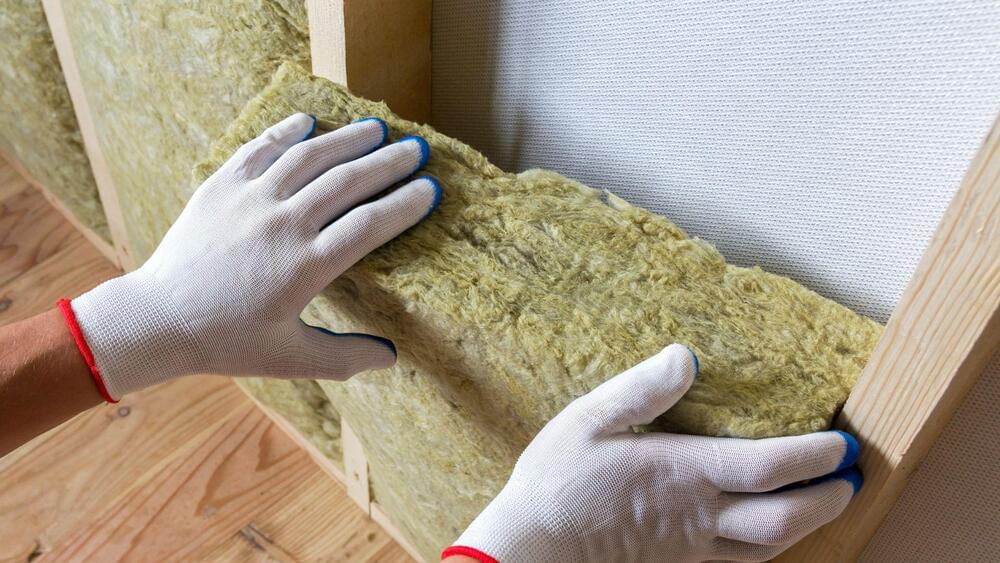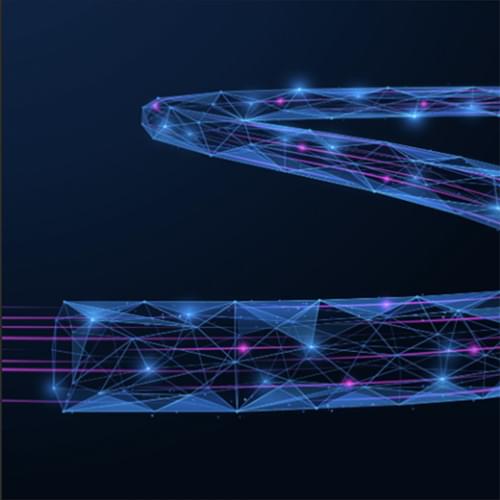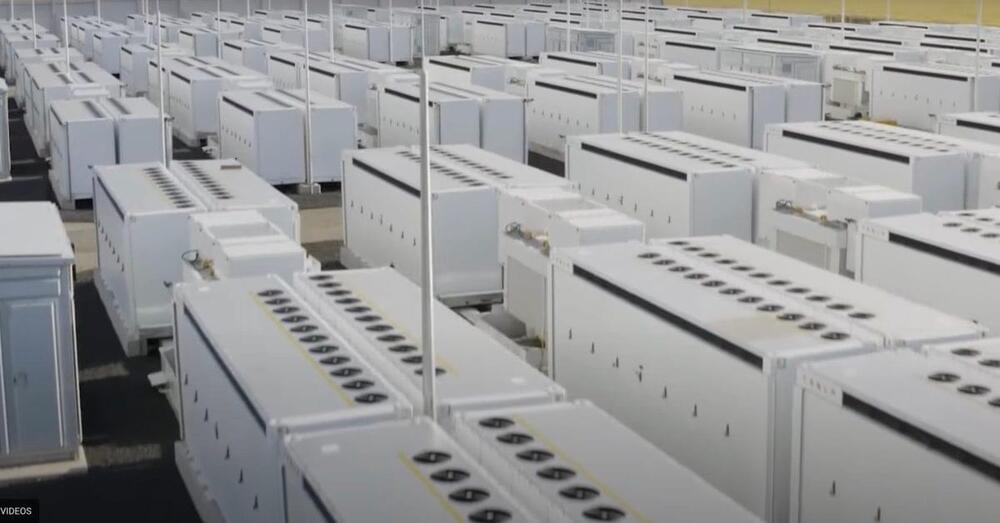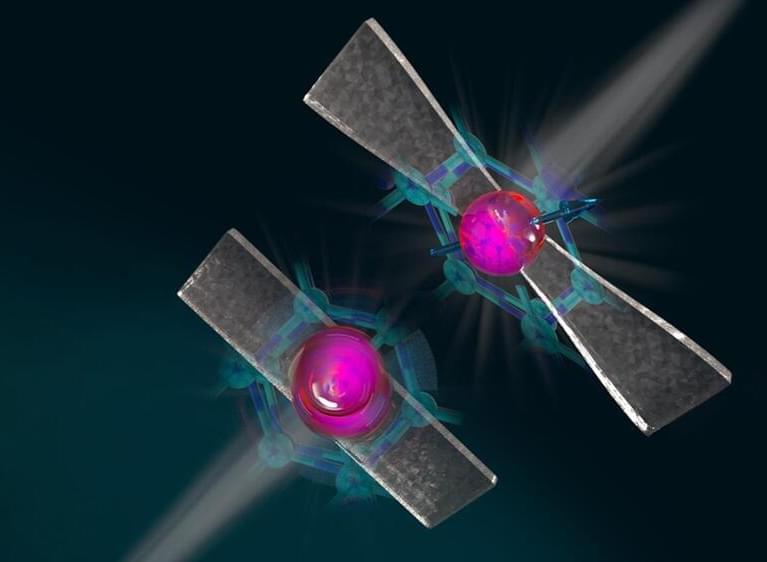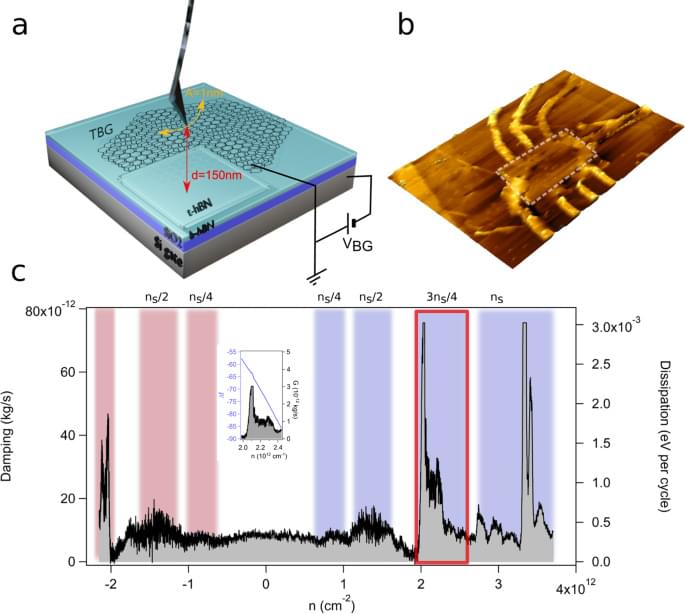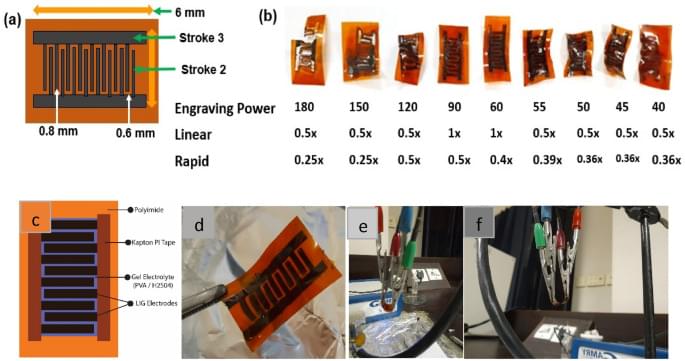The mainstay material of electronics is now yielding better energy storage.
Category: energy – Page 68
The material developed by researchers in Panama uses a mixture of newspaper, rice husk, borax, and glue.
Bilanol/iStock.
The construction industry ranks as the second-largest consumer of plastic globally, contributing to over a third of greenhouse gas emissions associated with energy usage worldwide. The manufacturing procedures involved in producing construction materials have detrimental effects on air, land, and water quality.
Optical scientists have found a new way to significantly increase the power of fibre lasers while maintaining their beam quality, making them a future key defence technology against low-cost drones and for use in other applications such as remote sensing.
Researchers from the University of South Australia (UniSA), the University of Adelaide (UoA) and Yale University have demonstrated the potential use of multimode optical fibre to scale up power in fibre lasers by three-to-nine times but without deteriorating the beam quality so that it can focus on distant targets.
The breakthrough is published in Nature Communications.
Tesla has secured a massive Megapack order for a new giant energy storage project that will likely become the largest in the world.
The project in question is the Melbourne Renewable Energy Hub (MREH), which is located just outside of Melbourne.
When completed, it will consist of three battery systems totaling 600 MW/1.6 GWh of capacity.
Researchers are claiming a breakthrough in quantum communications, thanks to a new diamond-stretching technique they say greatly increases the temperatures at which qubits remain entangled, while also making them microwave-controllable.
Quantum networking is an emerging field that uses weird quantum phenomena to send and receive information. These networks will be impossible to hack, and will use quantum entanglement to cover large distances, creating pairs of qubits which mirror each other’s quantum state without any physical connection.
Diamond-based qubits are capable of maintaining their state of entanglement for a decent length of time – but only provided they’re kept incredibly cold – just a hair above absolute zero. That limits their usefulness, because it’d mean you’d need a giant, energy-intensive cooling apparatus at every node of your quantum network.
The authors present a series of correlated insulating states of twisted bilayer graphene that is detected using an atomic force microscope tip. An additional experiment demonstrates the coupling of a mechanical oscillator to a quantum device.
The network’s total capacity will surpass 500 Gbps by 2025.
While China is already marching ahead with its internet infrastructure, the country has announced the completion of its first high-orbit satellite communication network, which aims to provide fast and reliable internet service within its territory and to several countries along its Belt and Road initiative.
The network, which consists of three high-throughput satellites named ChinaSat 16, 19, and 26, is expected to compete with SpaceX’s Starlink, a low-orbit satellite system developed by the American aerospace company, according to a Beijing-based communications expert.
500 Gbps speeds by 2025
The field of supercapacitors consistently focuses on research and challenges to improve energy efficiency, capacitance, flexibility, and stability. Low-cost laser-induced graphene (LIG) offers a promising alternative to commercially available graphene for next-generation wearable and portable devices, thanks to its remarkable specific surface area, excellent mechanical flexibility, and exceptional electrical properties. We report on the development of LIG-based flexible supercapacitors with optimized geometries, which demonstrate high capacitance and energy density while maintaining flexibility and stability. Three-dimensional porous graphene films were synthesized, and devices with optimized parameters were fabricated and tested. One type of device utilized LIG, while two other types were fabricated on LIG by coating multi-walled carbon nanotubes (MWCNT) at varying concentrations.
The tech billionaire Elon Musk has come to define innovation, but he can also be a lightning rod for controversy; he recently endorsed antisemitic remarks on X, formerly known as Twitter, which prompted companies to pull their advertising. In his interview, Musk discusses his emotional state and why he has “no problem being hated.” This interview was with Andrew Ross Sorkin of The New York Times at the annual DealBook Summit and recorded live in front of an audience at Jazz at Lincoln Center.
Scientists detected an extremely high-energy cosmic ray beaming from outer space — which confusingly came from nowhere in particular.
